Dive deep into the world of FDM 3D printing with our comprehensive guide. Discover the process, materials, applications, and expert tips to harness the full potential of this transformative technology.
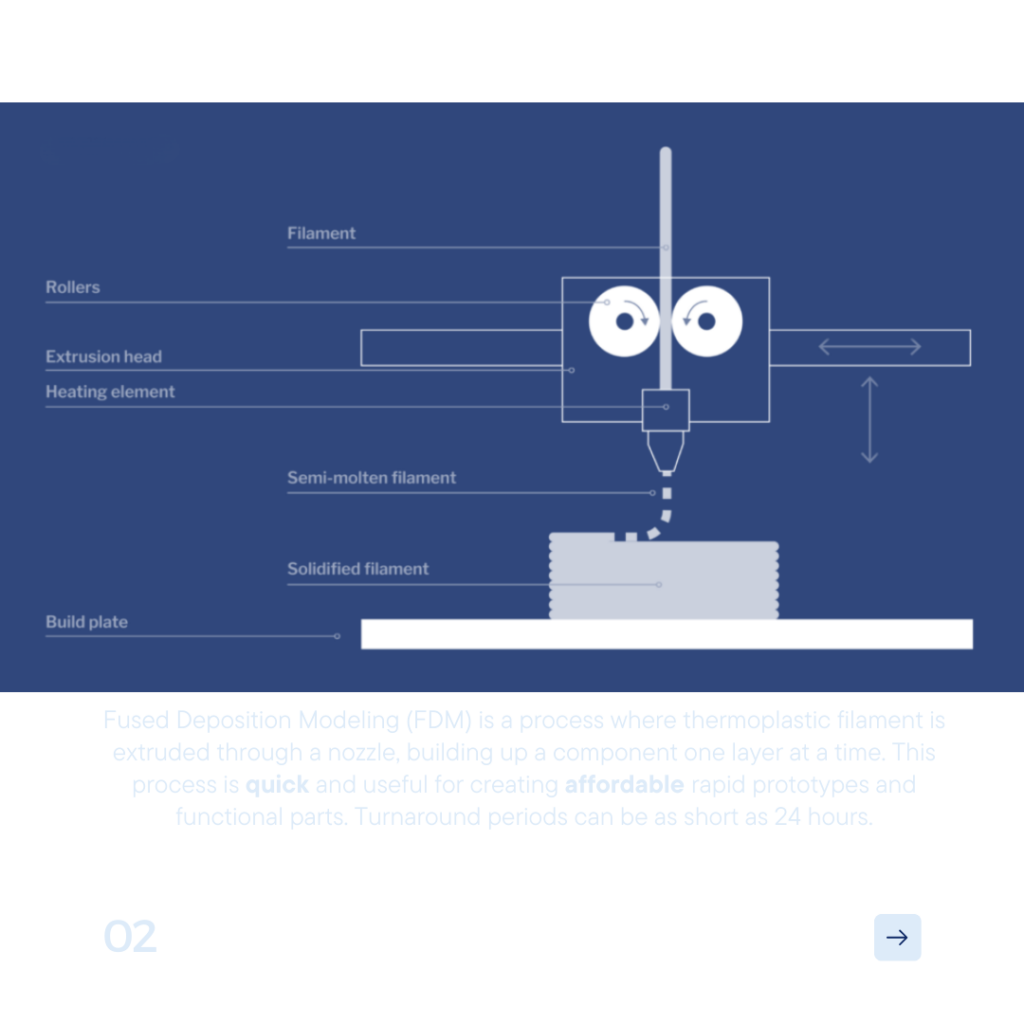
Fused Deposition Modeling (FDM) is a game-changing technology in the realm of 3D printing, renowned for its versatility, ease of use, and cost-effectiveness. As one of the most accessible forms of additive manufacturing, FDM has democratized the process of bringing digital designs into the tangible world. This guide explores the nuances of FDM 3D printing, offering insights into its process, material choices, applications, and tips for achieving optimal results.
Understanding FDM 3D Printing
FDM 3D printing involves the layer-by-layer deposition of melted thermoplastic material to construct 3D objects. It starts with designing a 3D model, usually in CAD software, which is then translated into instructions for the printer via slicing software. The printer’s extruder heats the thermoplastic filament, turns it into a semi-liquid form, and precisely lays it down according to the design’s parameters.
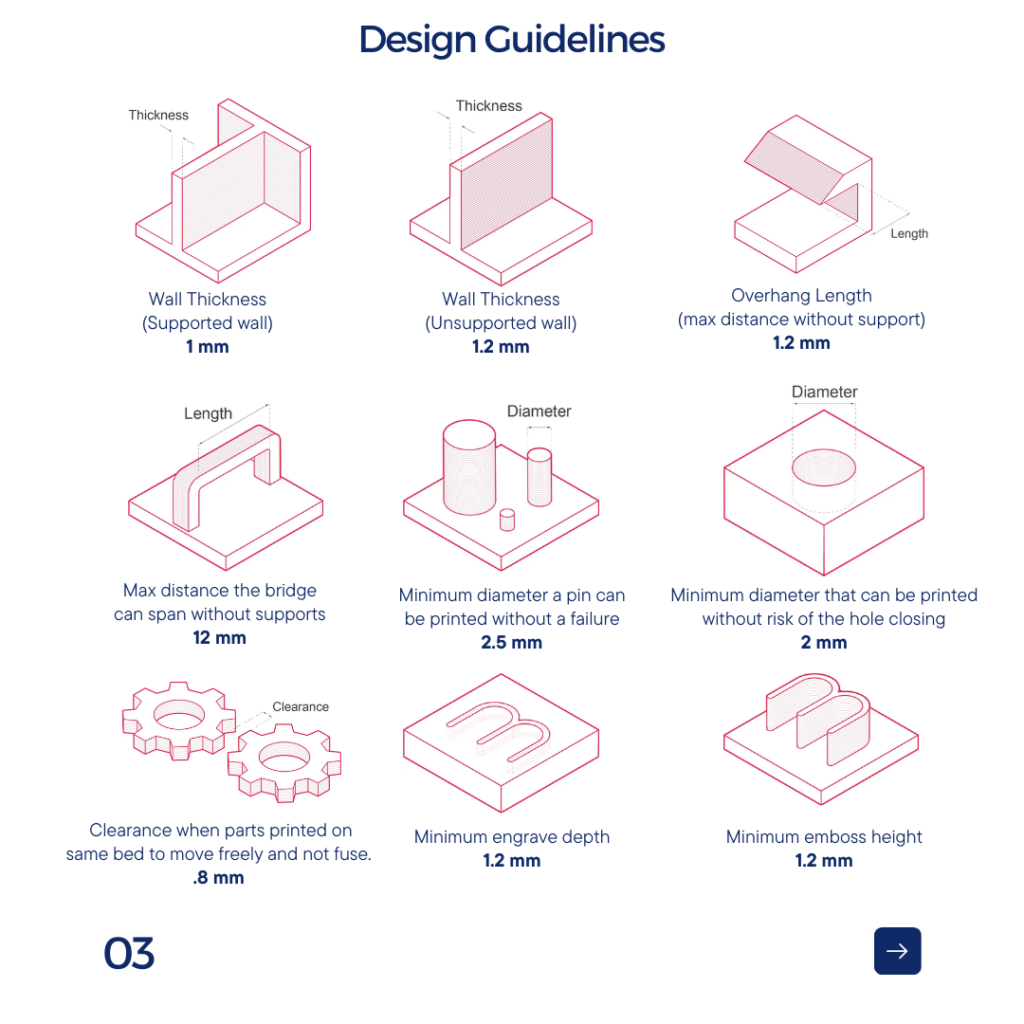
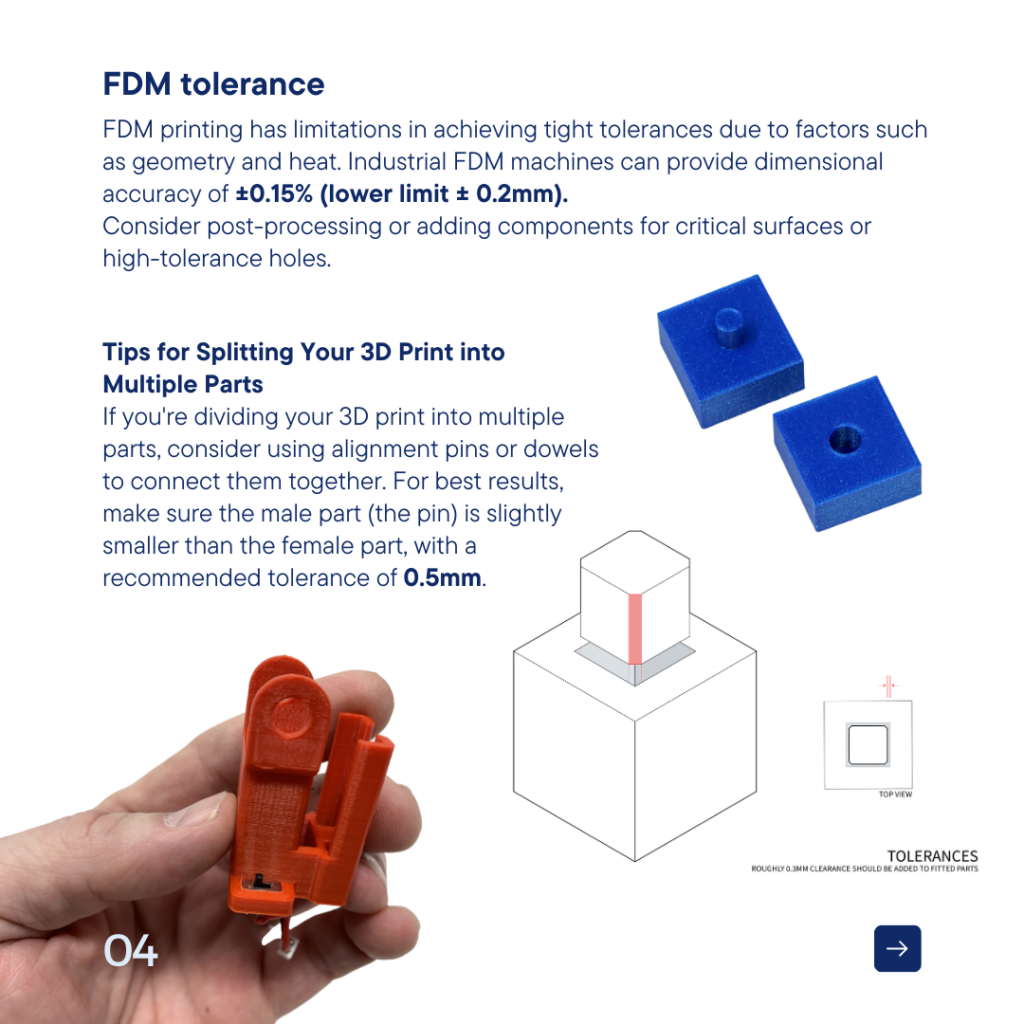
Material Spectrum in FDM Printing
The choice of materials in FDM printing has expanded significantly, ranging from basic polymers like ABS and PLA to advanced composites infused with metals, wood, or carbon fiber. Each material offers distinct properties, such as flexibility, strength, heat resistance, or aesthetic qualities, allowing users to select the best fit for their specific project needs.
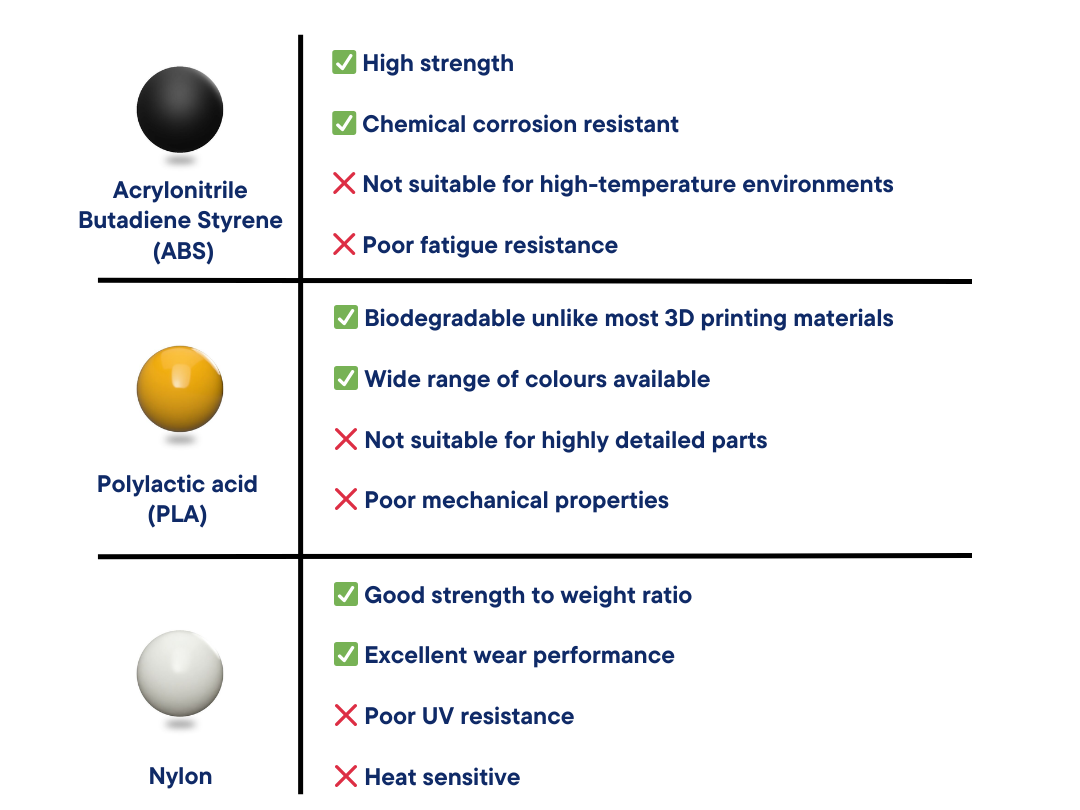
Applications of FDM Technology
FDM’s applications are vast and varied, covering areas from prototyping and manufacturing to educational projects and hobbyist endeavors. In industries like automotive, aerospace, and consumer goods, FDM serves as a rapid prototyping tool, enabling quick iterations and functional testing. For small businesses and individual makers, it offers a cost-effective solution for producing custom parts, artistic objects, and even functional household items.
Maximizing Output Quality in FDM Printing
Achieving high-quality prints in FDM involves several factors, from machine calibration and material selection to design optimization and post-processing. Ensuring the printer is well-calibrated, maintaining a stable printing environment, and using high-quality filament can significantly enhance the print quality. Additionally, optimizing the design for FDM, considering aspects like overhangs, support structures, and layer height, can lead to better outcomes and less post-processing work.
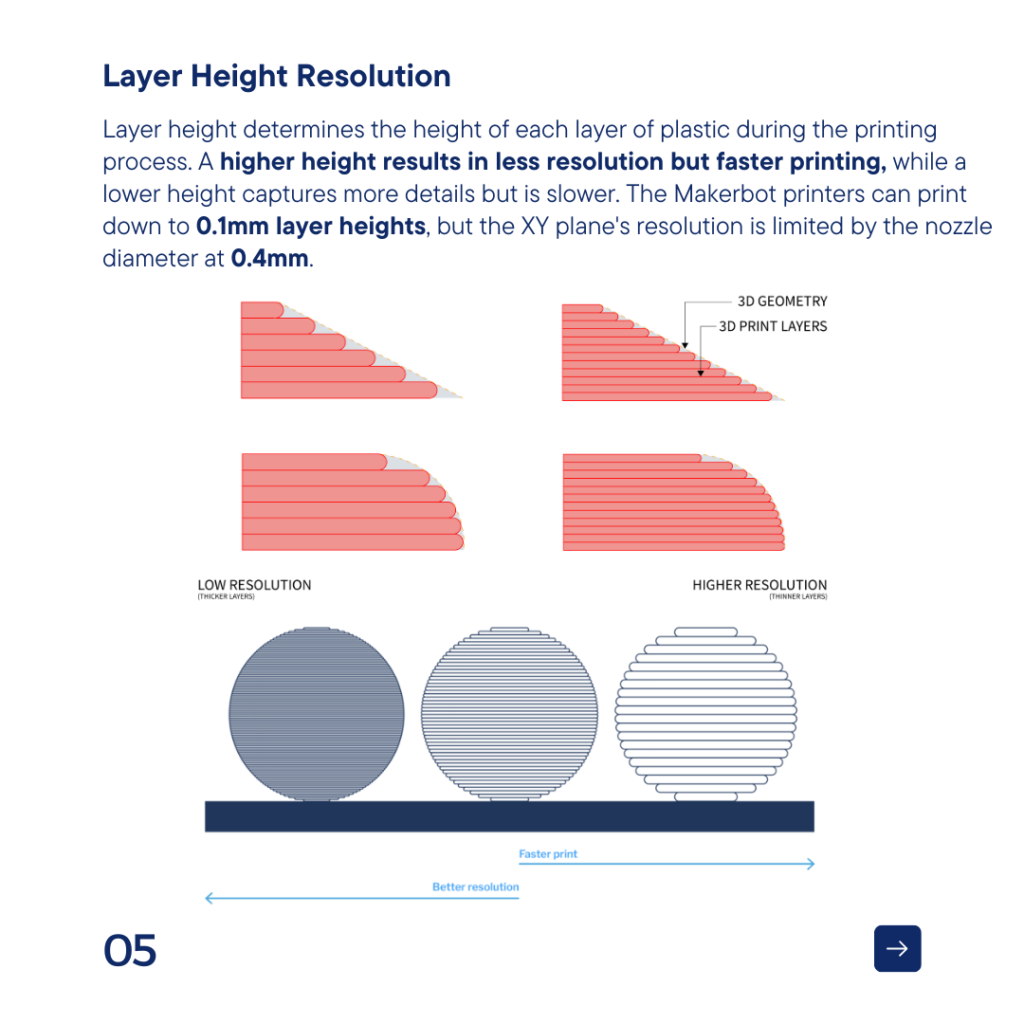
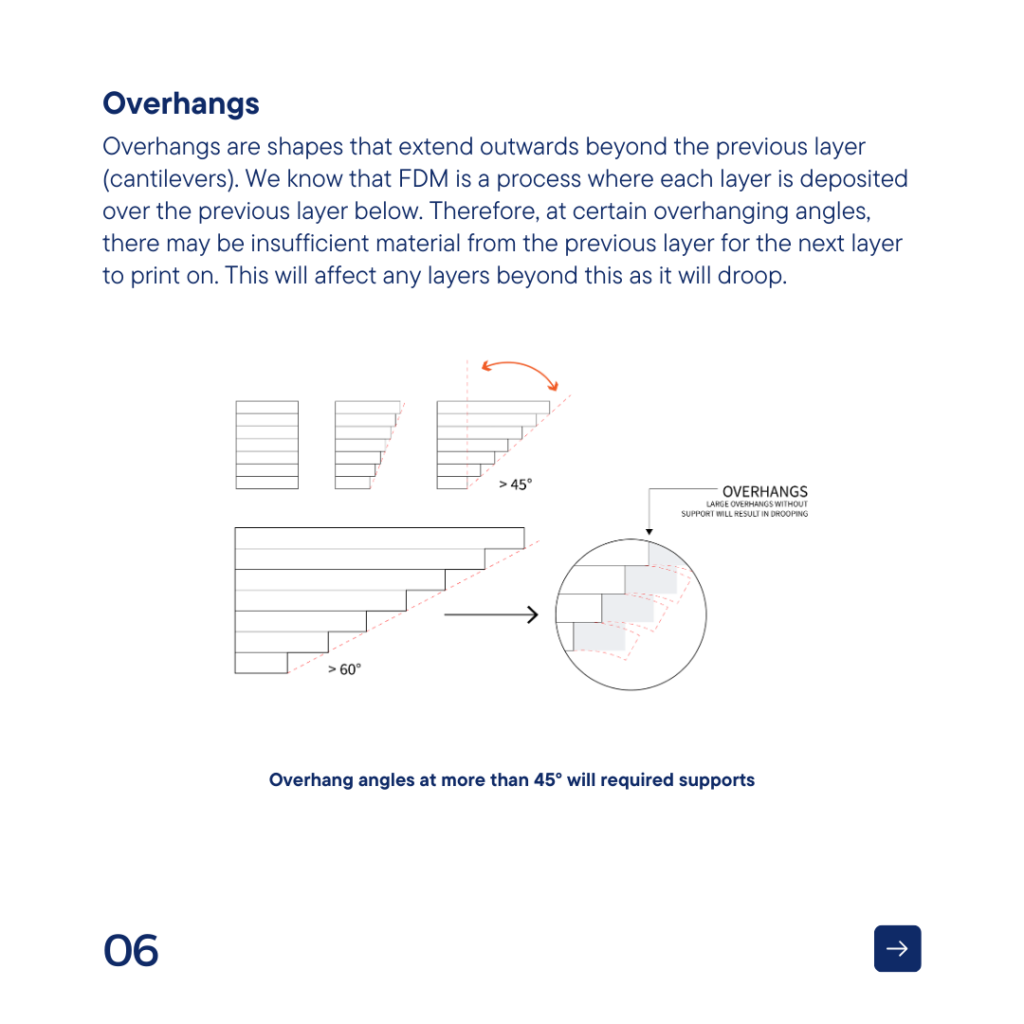
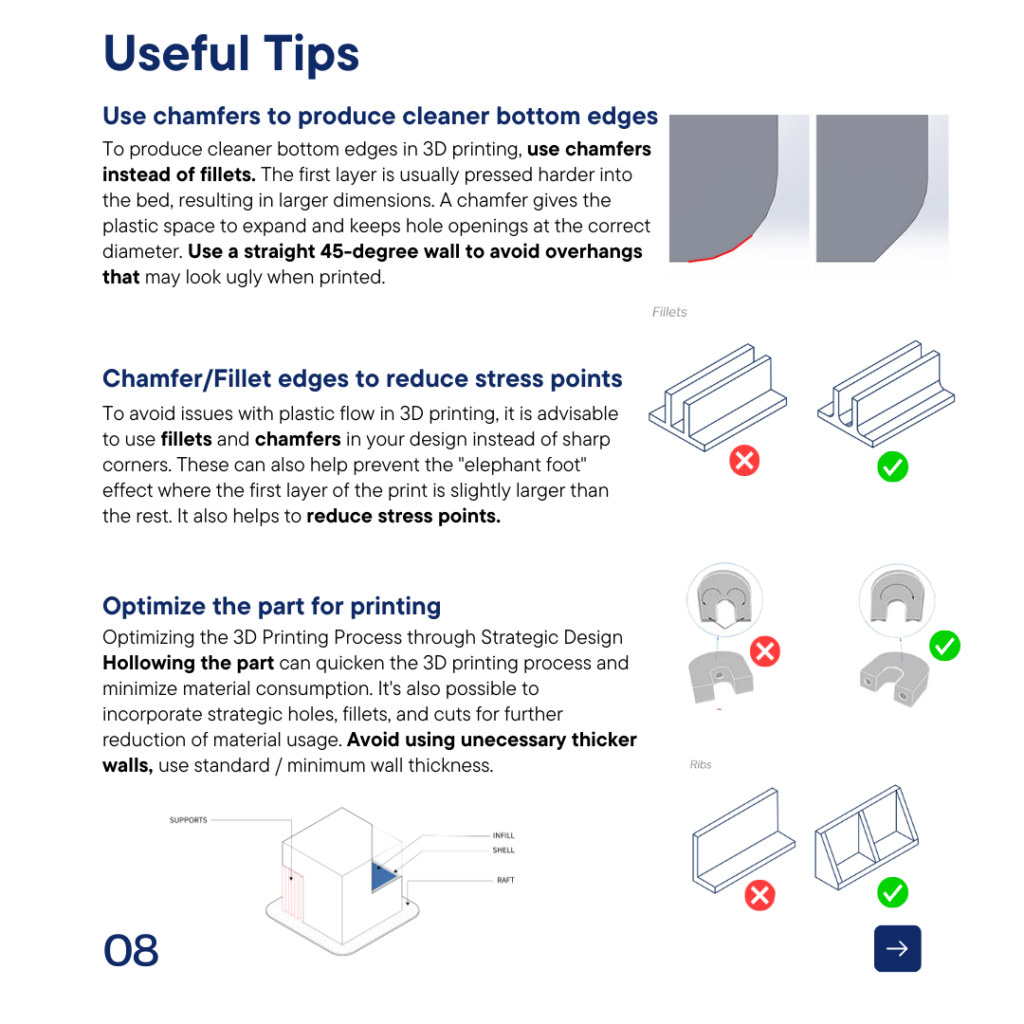
Advancements and Future Prospects
The future of FDM 3D printing is promising, with continuous advancements in printer technology, material science, and software development. Innovations like multi-material printing, increased speed and precision, and enhanced user-friendly features are making FDM even more versatile and powerful. As the technology progresses, FDM is set to play an even more significant role in manufacturing, education, and creative fields, pushing the boundaries of what can be achieved with 3D printing.
Conclusion
FDM 3D printing stands as a pillar of the additive manufacturing revolution, offering a blend of practicality, innovation, and accessibility. Whether you are a seasoned engineer, a product designer, or a hobbyist, understanding the intricacies of FDM technology can unlock new possibilities in design and manufacturing, paving the way for a future where ideas can be transformed into reality with the push of a button.

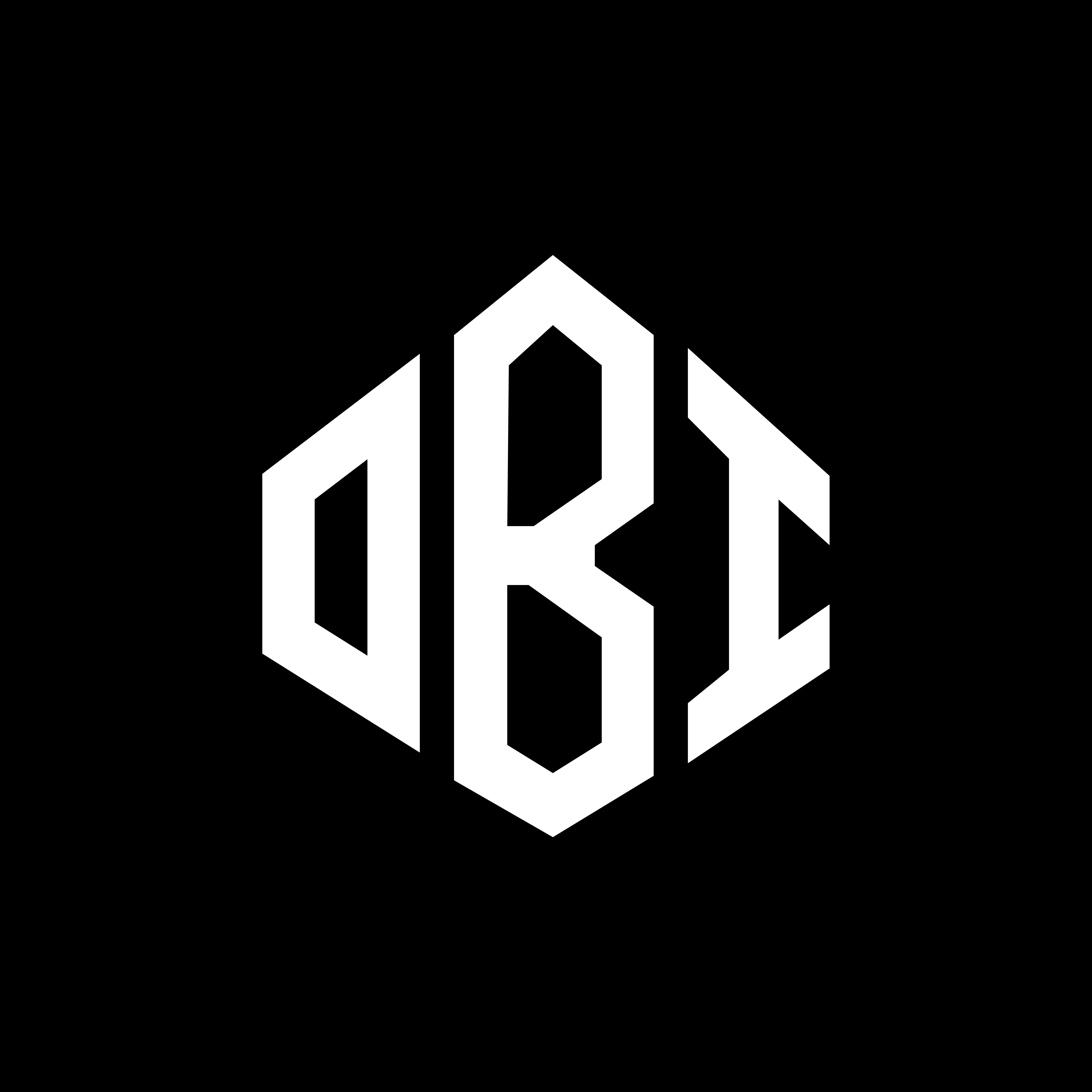
No Comments
There are not comments on this post yet. Be the first one!